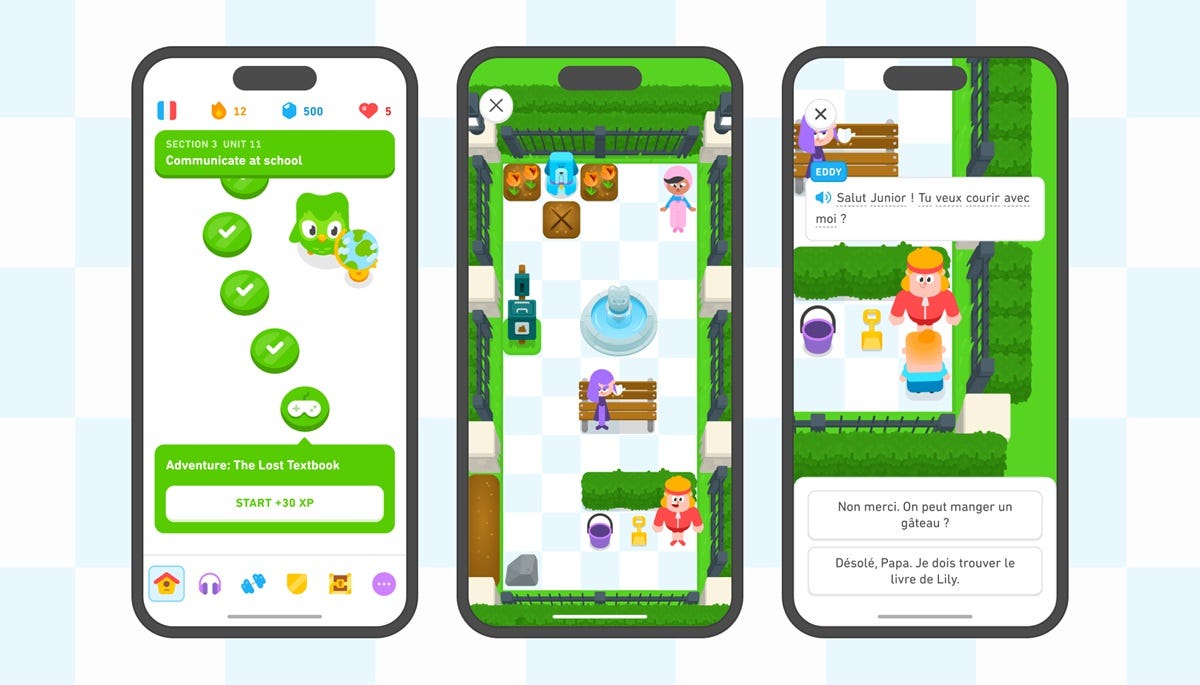
"In 2024, Duolingo introduced Video Call with Lily, its AI character who adapts conversations based on your proficiency level, guiding you through ordering coffee, asking for directions, or discussing vacation plans. By September, the feature had helped drive a 50% increase in subscriptions. But Duolingo isn't alone. Mondly's VR chatbot drops you into immersive scenarios - checking into a hotel, navigating an airport. Babbel Speak launched "Everyday Conversations" that simulate real-life dialogues with AI-powered prompts. Even traditional platforms are pivoting: context is king."
"What's changed? Large language models like GPT-4 have evolved beyond pattern recognition into genuine conversational intelligence. These chatbots don't just respond - they adapt, remember context, and adjust complexity on the fly. More importantly, they're finally doing what language teachers have known for years: the best way to learn a language is to use it in situations that mirror real life."
AI-powered, scenario-based tools create situational practice that helps learners transfer classroom knowledge into spontaneous conversation. Companies like Duolingo, Mondly, and Babbel have rolled out features that simulate real interactions—Video Call with Lily, VR chatbots, and Everyday Conversations—leading to measurable user engagement gains. Large language models such as GPT-4 enable chatbots to adapt, remember context, and adjust complexity dynamically during conversations. Research evidence supports effectiveness: a 2024 meta-analysis of 70 effect sizes from 28 studies reported a significant positive effect (g = 0.484) for chatbot-assisted language learning compared to traditional methods. Contextual usage mirrors real-life communicative demands and enhances retention.
Read at Medium
Unable to calculate read time
Collection
[
|
...
]